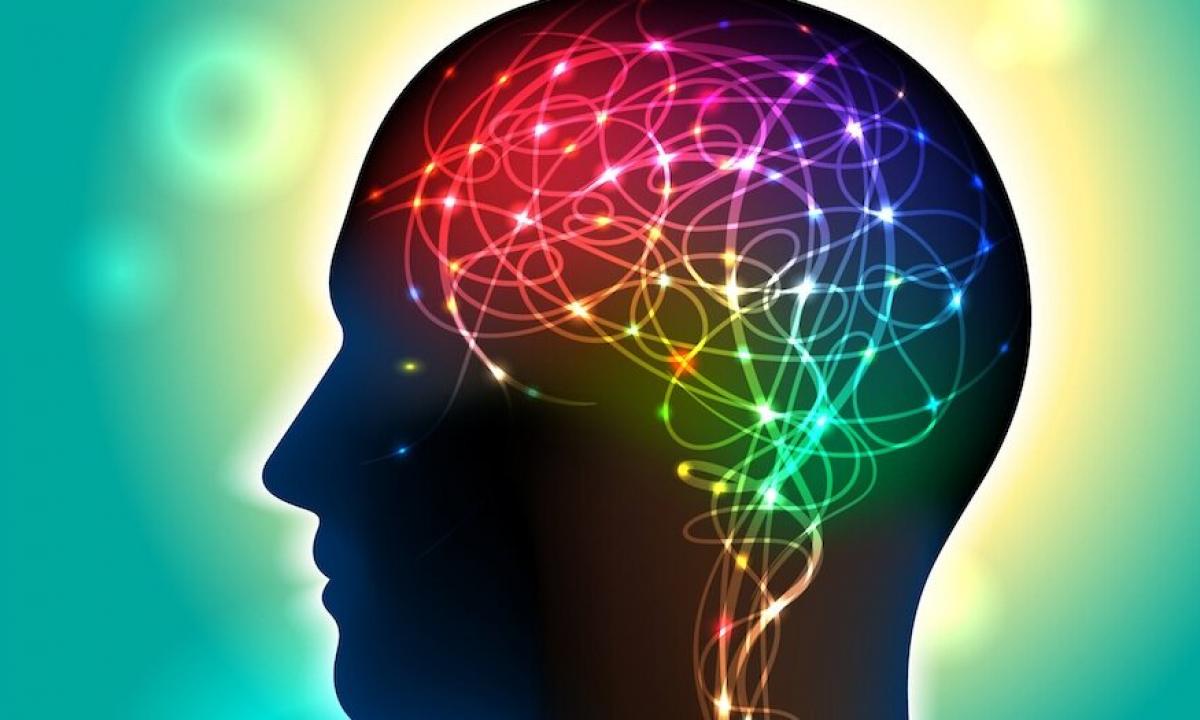Today we will talk to you about creation something new in the form of the ideas or representations – about imagination. It should be noted the fact that all new, unreal and fantastic, is born in our consciousness from information obtained earlier.
The imagination is creation process therefore participate in it intelligence, thinking, memory and attention. The person surely realizes each stage and an element of imagination.
Types of imagination
Psychologists allocate three types of imagination, namely: recreating, creative and a dream.
Let's begin, perhaps, with a dream. The dream is a special form of imagination, and it has to be by all means connected with life. Otherwise the person can have a passivity. If the imagination has no character and will, then there will be no logicality also, focus. Our subconsciousness will not be able to control it. Dreams and dreams belong to such forms of imagination while active dreams mean participation of human emotions, judgment and formation of an image of imagination.
At creative imagination images which do not exist at present are born in psychology, this occurs thanks to division of properties and elements, their connection in one full-fledged image. Quite so the most various images are born: fantastic, fantastic, scientific, religious and mystical. Active strong-willed efforts are especially necessary in creative imagination. People whose labor is constructive need it: to poets, scientists, engineers, artists. Exactly thanks to the developed imagination masterpieces are born.
And, at last, the third type of imagination – the recreating imagination. It is process during which the complete image based on the corresponding description is born. The recreating imagination is connected with the gained knowledge of the person, with his abilities and experience. Therefore, the knowledge of the personality is richer, the easier he will be able to form an exact corresponding design.
Naturally, representations of different people will differ on ease, force and brightness. At the same time all factors – talent, the hidden potential, congenital inclinations, education, age of each person will matter.
Classification of imagination in psychology
- Active (deliberate) imagination. Voluntarily, the person creates new images, representations. For example, the scientist sets before himself a definite purpose – to make discovery in this industry.
- Passive (inadvertent) imagination. At the person the purpose to change reality is not necessary. Images arise in his head absolutely spontaneously. The unplanned ideas, dreams belong to this type of the mental phenomena.
- Productive (creative) imagination. Thus absolutely new representations which have no certain sample are created. During this process the reality changes.
- The reproductive (recreating) imagination. By means of the description the concrete image of objects, the phenomena is created. The reality is reproduced the person on memory in the initial look.
Speaking about types of imagination, it is also important to note imagination types in psychology. We suggest you to get acquainted with three types which are defined more simply in total
- Visual, it is visual type. The person has visions.
- Acoustical or auditive type. For the person, the possessing this type of imagination, representations acoustical the easiest are caused. That is, the person represents tonality of a voice, a timbre, speech features of an object to whom his thoughts are directed.
- Mobile, it is motor type. Representations of such people are directed to active movements. When the person having this type of imagination hears music, it involuntarily begins to beat off a rhythm, to represent the performer. Very much often actors, dancers and representatives of other creative professions have such type of imagination.

